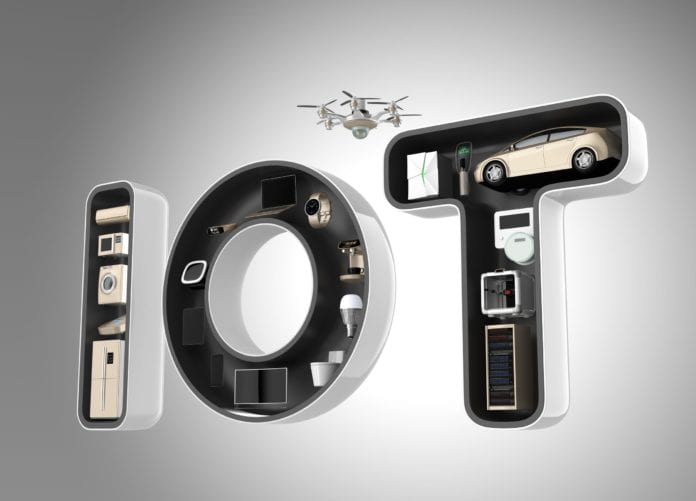There are big expectations for the impact the internet of things will have on the test market over the next few years. Vendors are jumping on the opportunity with new partnerships and products.
TechNavio expects IoT test needs will be a major driver for the oscilloscope market in the coming years. It predicts the global oscilloscope market will grow at a compound annual growth rate near 6% in the next few years, with the connected car market being a particularly strong driver.
Meanwhile, Markets and Markets estimates the IoT testing market was worth $302.9 million in 2016, and expects that figure to grow to nearly $1.4 billion by 2021 – a CAGR of more than 35%.
IoT testing was a major focus at Mobile World Congress as vendors talked partnerships and products to support the IoT ecosystem. Anritsu is working with KDDI on lab tests of low-power wide area IoT devices, including Cat 1, Cat 1 + EDRX and Cat M in an over-the-air set up with an Anritsu base station simulator and is planning support for such tests with radio communications analyzers and conformance test systems.
Spirent Communications said it recently completed joint tests with Brocade on Third Generation Partnership Project-compliant narrowband-IoT solutions, showcasing IoT-focused features of its Spirent Landslide emulation solution for assessing whether network functions are ready for the needs and scale of IoT deployment.
Meanwhile, vendors are also expanding their semiconductor-related offerings for components that focus on IoT needs. Semiconductor equipment supplier Cohu launched a CDragon contactor this week for testing mobile and IoT RF devices and said it uses “advanced micro electroforming technology to build contact elements that optimize signal performance for high frequency semiconductor test, such as those used in GPS, Bluetooth, cellular and wireless transmission.”
In other test news:
–PCTel had a rough quarter and year. The company reported results that saw its revenues increase 2% year-over-year to $26.7 million for its fiscal fourth quarter, but its net loss widened to $5.2 million for the period compared to $820,000 in the year-ago period. For its full-year fiscal 2016 results, PCTel lost $17.6 million compared to a loss of $1.5 million in fiscal 2015. Full-year revenues dropped from $106.6 million in fiscal 2015 to $96.7 million for fiscal 2016.
PCTel CEO David Neumann said the company saw strong sales for small cell antennas and scanning receivers and that it expected network densification and IoT to offer new opportunities for its antennas and test offerings.
–NI is supplying the technology for a millimeter wave testbed to the University of Texas at Austin for its Situation-Aware Vehicular Engineering Systems initiative for automated and self-driving vehicles, with a particular focus on exploring ultra-low latency, data analytics and new waveforms for radar.
–Spirent got a recent boost from its location and simulation testing technologies being used to create realistic scenarios for GPS distress beacons used at sea. Spirent worked with the Radio Technical Committee for Maritime Services to create test scenarios around satellite reception conditions at sea. The company said the Federal Communications Commission has mandated new products in the category must be tested using a GNSS simulator and scenarios that Spirent developed.
–Ixia and SnapRoute said they partnered on a demonstration of testing and validation for network equipment in a hyperscale cloud data center at this week’s Open Compute Project U.S. Summit.
Image copyright: cheskyw / 123RF Stock Photo

